Top 10 Strangest Scientific Experiments Ever Conducted
Science has always pushed the boundaries of understanding, often leading to groundbreaking discoveries and innovative solutions. Yet, in the relentless pursuit of knowledge, some experiments stand out not just for their ingenuity but for their sheer oddity. From curious explorations into the uncharted territories of human behaviour to bizarre attempts at unravelling the mysteries of nature, the annals of scientific history are peppered with studies that may seem strange, yet underscore the limitless creativity of the scientific method. This list dives into the top 10 strangest scientific experiments ever conducted, showcasing the lengths to which scientists will go in their quest for answers, no matter how peculiar the journey may be.
1. The Elephant on LSD

In 1962, a group of researchers led by Warren Thomas injected an elephant named Tusko with 297 milligrams of LSD. The experiment aimed to understand if the drug could induce musth, a condition in elephants characterized by heightened aggression. However, the dosage proved to be too much, leading to Tusko’s untimely death. This bizarre and tragic experiment highlighted the risks of underestimating the potency of substances and the ethical implications of animal testing.
2. The Two-Headed Dog
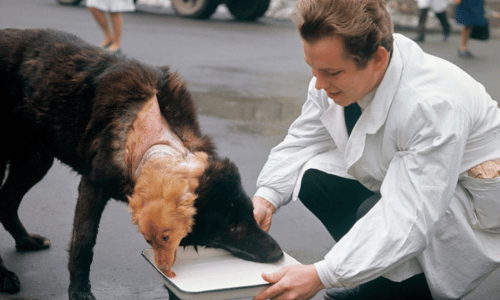
In the 1950s, Soviet surgeon Vladimir Demikhov shocked the world by creating a two-headed dog. By grafting the head and upper body of a puppy onto the body of a mature dog, Demikhov aimed to study organ transplants and the possibilities of body part reattachments. Although the creatures lived only for a few days, this macabre experiment laid the groundwork for modern organ transplants.
3. The Stanford Prison Experiment

In 1971, psychologist Philip Zimbardo’s Stanford Prison Experiment sought to study the psychological effects of perceived power by simulating a prison environment. Participants were randomly assigned roles of guards or prisoners. The experiment spiralled out of control as the “guards” became sadistic and the “prisoners” showed signs of extreme stress and emotional trauma. This study is renowned for its disturbing insight into human psychology and the dark potential of authority.
4. The Homosexual Necrophilia in the Mallard Duck
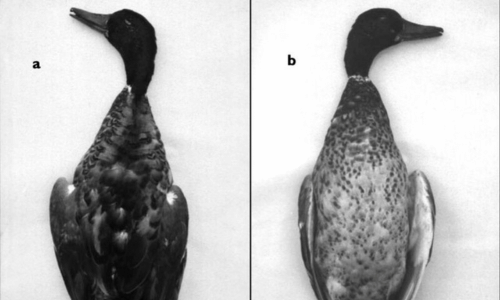
In 1995, Dutch biologist Kees Moeliker documented a case of homosexual necrophilia among mallard ducks, an observation that earned him the Ig Nobel Prize. A male duck died after crashing into his window, and another male duck proceeded to engage in necrophilic behaviour with the deceased. This bizarre event contributed valuable information to the understanding of animal behaviour.
5. The Monster Study

In 1939, Wendell Johnson and his student Mary Tudor conducted an experiment on 22 orphan children to study the development of stuttering. They derogatorily labelled half of the children as stutterers, regardless of their actual speech fluency, and provided negative speech therapy, praising the fluency of the non-stutterers. This unethical experiment, which had profoundly negative effects on the children’s psychological well-being, is often cited as an example of the importance of ethical standards in research.
6. The Pit of Despair
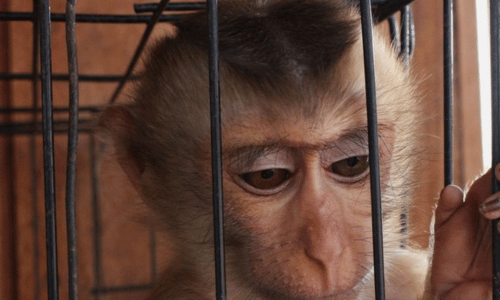
Psychologist Harry Harlow’s 1970s experiment, known as the “Pit of Despair,” aimed to study depression by isolating young monkeys in total darkness for up to a year. The animals emerged severely disturbed, showcasing the profound impact of social isolation and deprivation on mental health. Despite its ethical controversy, the study contributed to understanding the importance of social connections and early life experiences.
7. The Aversive Conditioning of Homosexuality

In the 1960s, psychologist Robert G. Heath conducted experiments where electrodes were implanted in the brains of gay men. By stimulating the pleasure centres of the brain while showing them heterosexual pornographic material, Heath aimed to condition a heterosexual response. These controversial experiments reflect a dark period in the history of psychological treatment for homosexuality.
8. The Facial Expressions of Pigeons
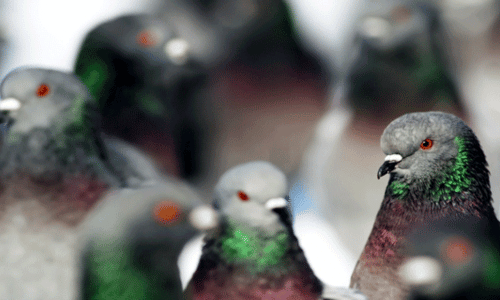
In the late 1980s, psychologist B.F. Skinner used pigeons to study behavioural conditioning and facial recognition. He trained pigeons to peck at images of human faces displaying different emotions, demonstrating that non-human animals could recognize and react to human emotional expressions. This quirky experiment shed light on the cognitive abilities of birds and their perception of human emotions.
9. The HeLa Cells
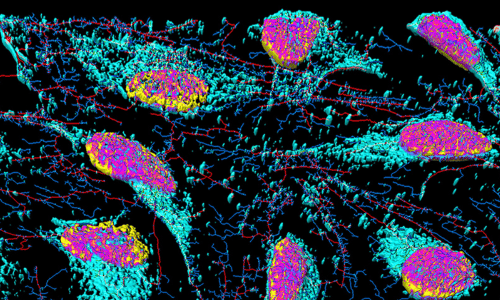
In 1951, without consent, cells were taken from Henrietta Lacks, a cancer patient, leading to the creation of the first immortal cell line, HeLa cells. These cells have been used in countless experiments, contributing to significant medical advancements including the polio vaccine and cancer treatments. The story of HeLa cells raises important questions about ethics and the rights of individuals in scientific research.
10. The Living Head of a Dog
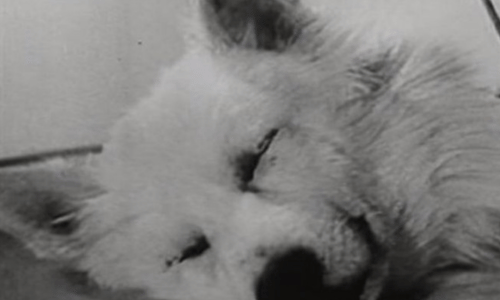
In the 1920s, Soviet scientist Sergei Brukhonenko developed a device he called the “autojektor,” a primitive heart-lung machine. He demonstrated its potential by keeping the severed head of a dog alive for several hours. The head reacted to external stimuli, such as the sound of a hammer or the sight of food. This gruesome experiment was a precursor to modern life-support technology, but it also raised profound ethical and philosophical questions about life, death, and the essence of consciousness.
The world of scientific exploration is filled with unusual and sometimes disturbing experiments, each with its own story and contribution to the broader tapestry of human knowledge. These top 10 strangest scientific experiments offer a glimpse into the lengths scientists have gone to unravel the mysteries of life, the mind, and the universe. They remind us of the importance of ethical considerations in research and the profound impact that even the most bizarre studies can have on our understanding of the world. As we reflect on these peculiar chapters of scientific history, we invite you to share your thoughts and perspectives.
We’ve reached the end of our Top 10 countdown, and we’d love to hear from you! Do you agree with our choices, or is there something we missed that you feel deserves a spot on this list? Let’s start a conversation – comment below with your thoughts and ideas. Your input might just influence our next Top 10!
If you like this, you might like Top 10 Recently Extinct Species





